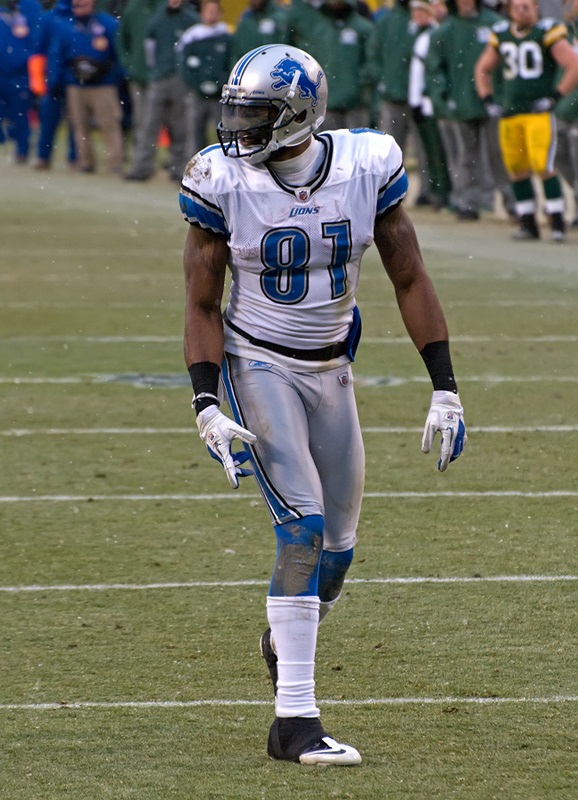
The Browns announced today that second-year receiver Travis Benjamin will likely earn the starting job while Josh Gordon serves his two-game suspension. Benjamin was my No.17 receiver in the pre-draft rankings of the 2012 Rookie Scouting Portfolio publication. I like what Benjamin has to offer the Browns long-term and it’s telling that despite the addition of veterans Davone Bess and David Nelson that it the former Miami Hurricane who is the front-runner to start.
Here is my scouting summary on Benjamin from the 2012 RSP.
[youtube=http://youtu.be/hz5P2aaekaM]
There are a lot of good slot receivers in this draft and many of them are more talented than the potential flankers and split ends. Although it would be safer to rank the bigger receivers ahead of these slot players, it would not properly portray the talent spread of this class. Travis Benjamin is one of these slot players.
Benjamin has game-breaking speed and good hands, but one of the better aspects of his play is route running. He does a good job of coming out of breaks on a path that doesn’t veer away from the ball. he often takes strong angles back to the ball while maintaining good route depth and he attacks the football after the break.
He demonstrates skill making adjustments on the football both in tight coverage and vertical routes where the ball is thrown over his head. His route skills make him a versatile threat because he can be used outside as well as in the slot. Although his height and weight is considered small for an outside receiver, DeSean Jackson has similar dimensions.
Benjamin is an experienced return specialist and he’s capable of generating big plays. One of Benjamin’s issues is that he can try too hard to make big plays and not take what’s in front of him in the open field. As a result, he’ll dance too much and not work down hill.
His small frame makes him ineffective as a runner against contact; he won’t break many tackles down field. He also doesn’t generate much pop as a blocker even when demonstrating good technique. He’s a finesse player and he’s best suited for the slot where he won’t have to deal with a lot of press coverage.
Despite the obvious negatives of Benjamin’s size, his game-breaking ability, good-to-great hands, and strong route skills are too much to ignore if matched with an NFL team seeking a slot receiver with game-breaking versatility.
For more analysis of Benjamin, including play-by-play notes, buy the 2012 Rookie Scouting Portfolio for just $9.95, which also includes the 2012 Post-Draft Add-On. For analysis of analysis of skill players in this year’s draft class, download the 2013 Rookie Scouting Portfolio available April 1. Prepayment is available now. Better yet, if you’re a fantasy owner the 56-page Post-Draft Add-on comes with the 2013 RSP at no additional charge. Best, yet, 10 percent of every sale is donated to Darkness to Light to combat sexual abuse. You can purchase past editions of the Rookie Scouting Portfolio for just $9.95 apiece.





































